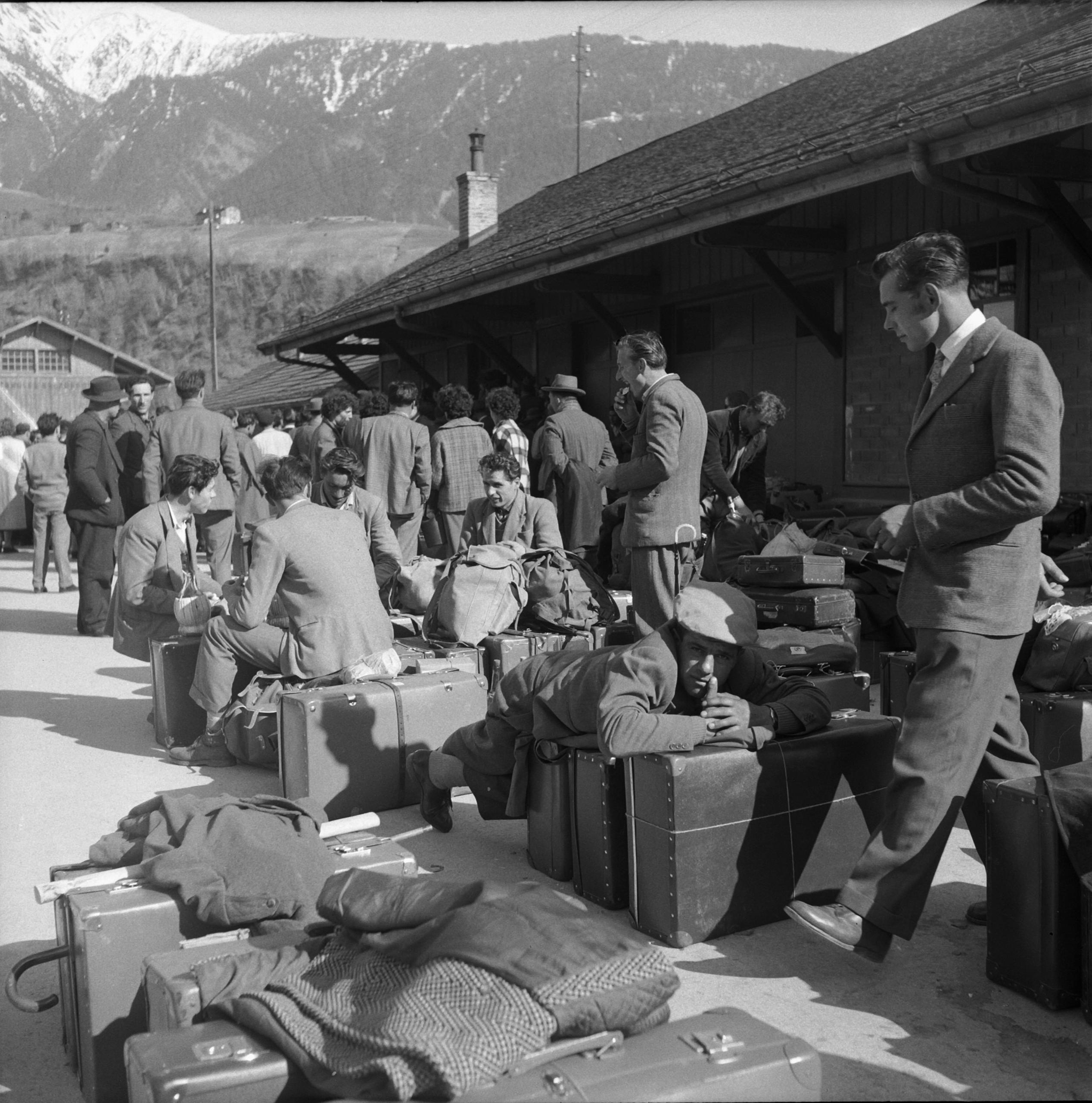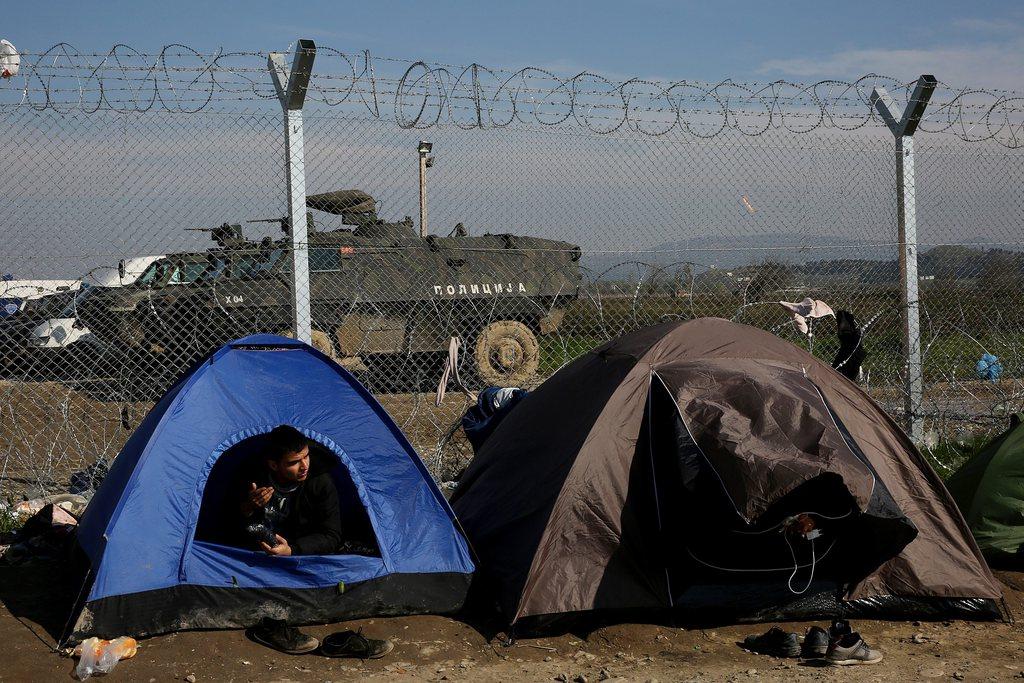Swiss immigration continues to slow

The number of foreigners moving to Switzerland fell during the first quarter of 2016 as emigration rose, continuing a recent slowdown in net immigration.
Government figures released on Tuesday showed that net immigration for the January to March period fell by 15,027 people, or -34.5% down on the same period last year.
The total number of people arriving fell by 9.7% in the first quarter, while those leaving rose by 11.5% compared with 2015, according to the State Secretariat for Migration SEM.
There were both fewer people moving to Switzerland from the European Union or European Free Trade Association (EFTA) states (-38.4%) as well as from other parts of the world (-25.4%). A total of 32,667 people from EU/EFTA states moved to Switzerland to work (-14.7% compared to 2015).
A total of 10,880 people also moved to Switzerland to be reunited with their family members (-8% compared to 2015).
In March 2016, 2,004,263 foreigners lived in Switzerland, 68% of whom were EU/EFTA citizens, according to the State Secretariat for Migration. Switzerland has a population of 8.2 million.
The slowdown during the first quarter of 2016 continues a phenomenon witnessed over the past two years.
Government data released at the end of 2015 showed net immigration dropped last year to 71,500 people, down 9.4% on 2014. A total of 150,459 people came to Switzerland while 73,444 people left.
Uncertainties
A strong franc and uncertainties over future tax levels for foreign firms and Switzerland’s ongoing talks with the European Union over immigration and bilateral relations are possible factors influencing this fall.
For Stéphanie Ruegsegger, director of policy at the Federation of Employers in French-speaking Switzerland, the drop in net immigration is a bad signal.
“The immigration curve has always followed economic growth. When the economy is doing well people come to Switzerland to work and when there is a downturn people leave,” she told Swiss public television, RTS.
“There is not a single [business] sector which is positive right now. All are worried. There are signs of slowdowns and restructuring and moves abroad.”
But for Etienne Piguet, vice president of the Federal Commission on Migration, the fall is more of a return to normal.
“We had reached net immigration thresholds of up to 1% of the total population arriving each year, which in historical and international terms was very high. There are very few countries which attain this level of immigration,” he said.
Piguet added that the fall should ease the concerns of those who voted in 2014 to limit immigration.
Asylum
Requests for asylum in 2015, meanwhile, swelled 66% to 39,523. Around 1.4 million people – most fleeing crisis zones in the Middle East and Africa – sought refuge in Europe last year, twice as many as in 2014. Almost 10,000 (9,966) Eritreans applied for asylum in Switzerland, followed by 7,831 Afghans and 4,745 Syrians.
In the first quarter of 2016, asylum requests in Switzerland drastically declined, with 45% fewer registered than at the end of 2015. Migration authorities attribute the slide to fewer people attempting to reach Europe over the so-called Balkan route.
SEM head Mario Gattiker expects the same overall number of asylum requests in 2016 as last year. The authorities and army are currently involved in contingency planning in the event of large influxes in particular via Italy this summer.

In compliance with the JTI standards
More: SWI swissinfo.ch certified by the Journalism Trust Initiative












You can find an overview of ongoing debates with our journalists here . Please join us!
If you want to start a conversation about a topic raised in this article or want to report factual errors, email us at english@swissinfo.ch.